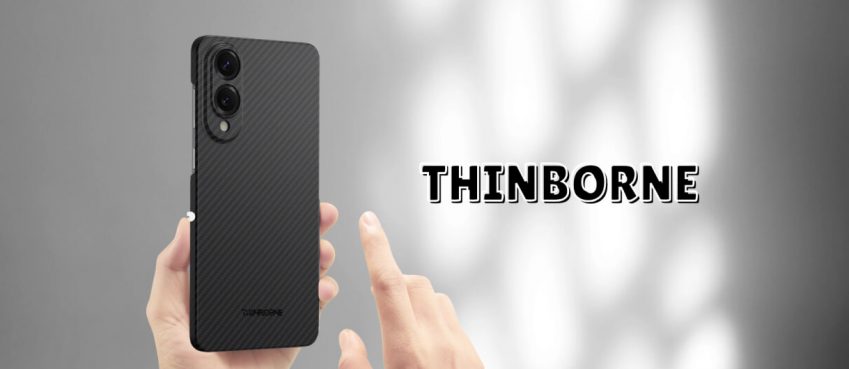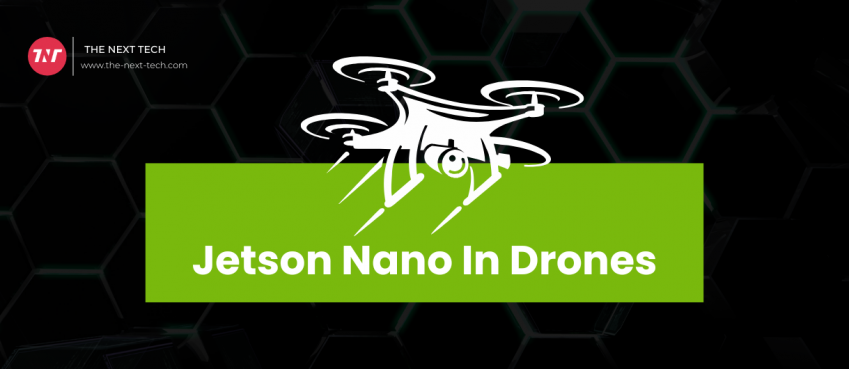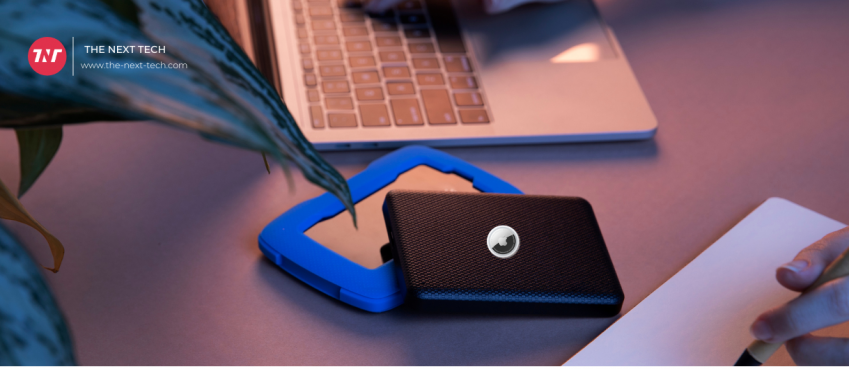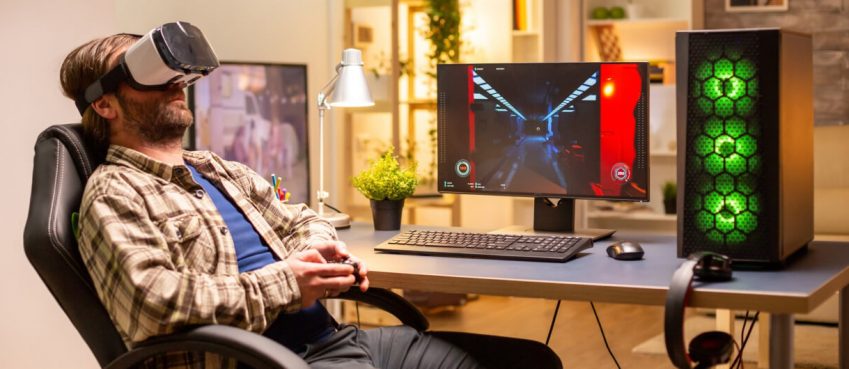
If you’re creating content that relies on visuals, then it is important to have the best cameras for video that don’t leave room for any compromises.
Looking for a video camera for streaming, it should have the capability to shoot at 4K, and even beyond that would be impressive.
We have reviewed and tested the best cameras for videos of various popular brands.
The mentioned cameras shared distinctive characteristics in terms of videography, photography, cinematography, and filming.
Let’s delve into the list of best cameras for video.
Table of Contents
Best Cameras For Video In 2023: Detailed Review
Our team has reviewed the best cameras for video that would help you find and purchase the best model. Panasonic, Sony, Canon, and Fujifilm like top-brand companies’ best cinematic cameras are mentioned.
Panasonic Lumix S1H

Panasonic Lumix S1H
Starting at
- Type:Digital mirrorless video camera
- Sensor:Full-frame MOS
- Megapixel:24.2 MP
- Max burst speed:9 FPS raw continuous shooting
- Max video resolution:6K at up to 30fps
Panasonic Lumix S1H has been a buzzword over the past three years. The innovation includes a bunch of improvements over the regular S1 camera.
It has pretty much everything for shooting great-quality videos or cinematic content.
Its 5-Axis sensor, powerful image stabilization, and contrast detection 225 area with an AF system make it the best cameras for video.
Speaking of video, this camera crushes the other brands because it provides the capability to shoot 4K at 30fps using the entire sensor with oversampling and no line skipping.
This is very much parallel to the expectation you are searching for. Additionally, it is the first mirrorless camera approved by Netflix productions.
Reasons To Buy
-
Strong low-light performance
-
6K 10-bit video shooting
-
Excellent IBIS feature
Reasons To Avoid
-
Average AF performance, not the best
Panasonic Lumix GH6

Panasonic Lumix GH6
Starting at
-
- Type:Mirrorless camera
- Sensor:Micro four third MOS
- Megapixel:25.2 MP
- Max burst speed:75fps (electronic), 14fps (mechanical)
- Max video resolution:5.7K at 60fps
GH6 from Panasonic is another best camera for video in the market with a decent price tag.
Equipped with essential and compact features, it can be a good approach for videography.
Comes with a brand new sensor incorporating 25 MP and Venus Engine with 100 MP hand-held high resolution and offers 5.7K 60p, 4K 120p 10-bit video, and all recording modes for quality videos.
The good thing we liked about this camera is its contrast-based AF which is the best AF system with better stabilization compared to Sony A7S III.
On the contrary, the response and subject reading of autofocus are tempting.
Reasons To Buy
-
Great stabilization
-
Boost IS mode
-
4K at 120fps
Reasons To Avoid
-
EVF is decent, not too fancy
Fujifilm X-H2S

Fujifilm X-H2S
Starting at
- Type:Mirrorless camera
- Sensor:APS-C
- Megapixel:26.16 MP
- Max burst speed:40fps (electronic), 15fps (mechanical)
- Max video resolution:6.2K at 30fps
The Fuji cameras are really exceptional and advanced, for this X-H2S you get plenty of powerhouse features such as a 26 MP back-illuminated stacked sensor with better AutoFocus which is sincerely better than the Panasonic Lumix G and H series.
For video, it produces really impressive colors with the film emulation built within. It also has a ProRes given internally that enhances the shooting experiences at a glance.
It also does perform great in battery life, you would get 3 hours of video shooting time and a week for photos. This could be the best camera for video you’re looking for.
Reasons To Buy
-
Shoots prores internally
-
Outstanding battery life
-
Great in color production
Reasons To Avoid
-
Pricier than many full-frame cameras
Sony A7S III

Sony A7S III
Starting at
- Type:Mirrorless camera
- Sensor:Exmor R
- Megapixel:12.1 MP
- Max burst speed:10 FPS raw continuous shooting
- Max video resolution:4K at 60 and 120fps
Comes with catalyst stabilization, an improved Exmor R sensor, a new BIONZ XR processing engine, and 15 plus stop dynamic range – making this camera popular and an advent choice for videography.
A7sIII is a good low-light camera. The technology invested by the company is great and provides a good experience whenever you are shooting, even at night.
But the Auto Focus is haunting, it will have problems following the subject, especially if it’s moving rapidly in camera.
So, do we recommend the A7S III camera for video? Yes, we do recommend as it has all the features for pro shots and videography.
This is the camera that gets out of the way and lets you get creative.
Reasons To Buy
-
Great AF and shutter speed response
-
No overheating problems
-
Cinematic look tone and color
Reasons To Avoid
-
No 6K and 8K resolution
-
Struggling AF in low-light
Panasonic Lumix S5

Panasonic Lumix S5
Starting at
- Type:Mirrorless
- Sensor:CMOS
- Megapixel:24.2 MP
- Max burst speed:7 FPS raw continuous shooting
- Max video resolution:4K at 60fps
If you are looking to buy a camera for Panasonic-created video only, you would like the Lumix S5 which is the best option for videography.
Significantly, it shoots proficient-grade film in 10-bit tones, bringing about better complexions and exact varieties with astonishing quality.
The fascinating thing about S5 is that it has a dedicated slow-motion mode capacity of shooting up to180fps. Other than this, it accompanies anamorphic focal points that give you a hollywood-like shooting experience.
In general, this camera is best for youthful realistic photographic artists and significant-level photography to test their abilities.
Reasons To Buy
-
4K recording at 60fps
-
Powerful image stabilization
-
Very good low-light performance
Reasons To Avoid
-
Not quick Auto Focus response
Nikon Z9

Nikon Z9
Starting at
- Type:Mirrorless
- Sensor:CMOS
- Megapixel:24.2 MP
- Max burst speed:20 FPS raw continuous shooting
- Max video resolution:8K UHD at 30p
If you are in the process of getting your first serioushigh-end hybrid camerato shoot in both high resolution and great video, you could unarguably think of Nikon Z9 which is truly a performance beast.
Z9 is a hybrid camera in the market with competition direct to Panasonic Lumix S1H. In some instances, it performsbetter than S1Hincluding body design and system features.
Talking about the video, Nikon Z9 gives cool video features by itself by default. That means you just need to hold your camera and begin shooting. However, that doesn’t go with all pros.
So, if you’re investing in this camera, you would get the support of 8K at 30p with good AF performance and excellent compressing features.
Reasons To Buy
-
Won Camera Grand Prix 2022 award
-
Full-frame interchangeable-lens
-
8K at 60p video shooting
Reasons To Avoid
-
Bit heavier
-
Require firmware update
Blackmagic Pocket Cinema Camera

Blackmagic Pocket Cinema Camera
Starting at
- Type:Mirrorless
- Sensor:APS-C
- Megapixel:21.2 MP
- Max burst speed:20 FPS raw continuous shooting
- Max video resolution:6K at 60fps
Blackmagic pocket cinema camera 6K performs above the average in our remarks, but this is the camera that is not completely suitable for professional videography or commercial video shooting (that’s a caution).
It is because you won’t get IBIS support which is core critical for making cinematography. Although, it is perfect for capturing raw high-resolution images utilizing a micro-third fourth sensor.
As it comes with a micro third fourth lens mount, it gives you pretty viable options for adapting any lens to the body.
Overall, image quality is stupendous because of the 12-bit raw shooting capability but we wordlessly recommend it for video.
Reasons To Buy
-
Shoots at 6K
-
Night vision
-
Compact design and style
Reasons To Avoid
-
Not really cinematography centered
-
No in-built image stabilization
Canon EOS R5

Canon EOS R5
Starting at
- Type:Mirrorless
- Sensor:CMOS
- Megapixel:45 MP
- Max burst speed:20fps (electronic), 12fps (mechanical)
- Max video resolution:8K at 30fps
The highly anticipated, much discussed rumors, and all the buzz – this is the camera that every professional and amateur looking at the pinnacle.
It would not be wrong to say that it is the biggest release from Canon, thus, it’s the beast of all of the Canon-designed cameras to this date.
It has everything that you look for and want in the best camera for video or cinematography.
Ironically, it has an amazing cinematic look with a depth of field, a bigger battery with 14% higher capacity, and deep learning technology that makes it obviously a great camera to purchase.
Reasons To Buy
-
Stellar stills performance
-
In-body image stabilization
-
Improved 45 megapixel
Reasons To Avoid
-
Overheating issue
Nikon Z6 II

Nikon Z6 II
Starting at
- Type:Mirrorless
- Sensor:BSI-CMOS
- Megapixel:24.5 MP
- Max burst speed:14 FPS raw continuous shooting
- Max video resolution:UHD 4K at 30fps
The Z6 II from Nikon is the successor to the original Nikon Z6 and demonstrates a friendly camera for videographers.
While you won’t notice any big modification in terms of physical appearance but it does amaze in system performance.
We observed that Z6 II comes with dual Expeed 6 image processors that bring improved performance and faster responses in scenarios like autofocus, subject reading, and compressing a file.
Also, it comes with dual card slots which means more storage and convenience in recording at your disposal.
Overall, it is a great value investment to buy a camera for serious videography stuff.
Reasons To Buy
-
UHD 4K video recording
-
273-point phase-detect AF system
-
Dust and weather resistant
Reasons To Avoid
-
No internal 10-bit recording
Sony A1

Sony A1
Starting at
- Type:Mirrorless
- Sensor:Exmor RS CMOS
- Megapixel:50.1 MP
- Max burst speed:30 FPS raw continuous shooting
- Max video resolution:8K at 30fps
Coming next, we tested Sony A1 which does give a competitive edge to Canon R5.
Surprisingly, this is the first-ever release from Sony that comes with a 240 fps refresh rate with a 9.44 million dot O-LED electronic viewfinder that gives you performative results.
The gigantic 50.1 MP with a backside illuminated sensor is all new and a powerhouse to deliver not only high-resolution photos but extremely detailed shots for both stills and video.
For video, it performs unarguably excellent, you can shoot at 8K with full utilization of sensors at 30 fps with the steady and rugged shooting of a subject.
The only reason it’s not preferred by everyone is because of its price allotment which implicitly sounds pricey.
Reasons To Buy
-
BIONZ XR image processing engine
-
240 fps refresh rate
-
50 MP high-resolution
Reasons To Avoid
-
Extremely pricey
-
Non-articulated screen
5 Tips On Choosing The Best Camera For Video
Filming and videography have made video shooters search for the best cameras for video more than ever.
Buying a camera for filming or, other than, creating some serious video content, it is important that your camera offers that level of functions and features without compromising.
Videography cameras come with comprehensive features and are built with tailored technologies to offer hands-on experience.
Here are the five suggestions that would help you choose your best camera for video.
1. Opt the high video resolution camera
High-resolution cameras matter most if you are in the field of film-making or producing content for commercials.
Today’s cameras for video are designed stupendously and come with varying high-resolution. You can evenly opt for a 4K and 6K high-resolution camera that records between 24 to 30 frames per second.
2. Check for recording limits
The second critical detail to consider is whether a camera has any recording diminution. There are many cameras for video that cut back videographers to record for a long time.
To be more specific, many cameras allow users to shoot for up to less than 30 minutes due to heating issues. So, look for the camera specifications specifically for this constraint. Do the match and approach a good camera that allows you maximum recording time.
3. Should offer impressive low-light shooting
Video shooting isn’t only about daylight shooting. It could be done in low light or nighttime. An impressive and good-quality low-light shooting camera is important to have by your side. A camera should be able to perform brilliantly in low-light conditions.
Approaching Sony A7S III is a good bet for this. You can get great low-light focusing features with an amazing cinematic look, tone, and color.
4. Target for BIS CMOS sensor camera
It is because it’s the latest development in the CMOS segment. Stands for Backside Illuminated (BIS) impressively give better results in low-light situations. Additionally, BIS CMOS sensors perform better than general CMOS, EMCCD, and CCD-type camera sensors.
Many professionals approach Sony’s Exmor R-based camera sensor for accurate and fast-moving scenes.
5. Accurate image stabilization
Image stabilization or IS is a camera feature that aims to reduce the small motions you make while moving or hand-holding your camera. Optical Image Stabilization (OIS) and Digital Image Stabilization (DIS) or Electronic Image Stabilization (EIS) are IS systems you can find in almost all modern cameras.
For video, in which fast-moving and speedy movement matters most, it’s important to invest in the right kind of IS system integrated into the camera.
Summary: Best Cameras For Video/Videography
| IMAGE | PRODUCT NAME | FEATURES | |
|---|---|---|---|
 |
Panasonic Lumix S1H |
|
Buy Now |
 |
Panasonic Lumix GH6 |
|
Buy Now |
 |
Fujifilm X-H2S |
|
Buy Now |
 |
Sony A7S III |
|
Buy Now |
 |
Panasonic Lumix S5 |
|
Buy Now |
 |
Nikon Z9 |
|
Buy Now |
 |
Blackmagic Pocket Cinema Camera |
|
Buy Now |
 |
Canon EOS R5 |
|
Buy Now |
 |
Nikon Z6 II |
|
Buy Now |
 |
Sony A1 |
|
Buy Now |
That’s the end of the bucket list. To summarize…
👉 FujiFilm’s cinematic cameras deliver outstanding results in both photos and videos.
👉 Sony cameras, on the other hand, are also great for low-light cinematic shootings.
👉 Canon EOS R5 and Nikon Z9 equally stands amazing for stills and cinematic creations.
Share your thoughts in the comment…! Thanks for your time investing in our article.
Frequently Asked Questions
What DSLR camera is good for video?
For videography, DSLR cameras are hardly used over mirrorless. But, some of the best DSLR cameras for video are Canon 5D mark IV, Canon EOS 90D, Nikon D850, and Nikon D780, some great cameras for video.
What Mirrorless camera is good for video?
Undoubtedly, Panasonic-designed Lumix S1H and Lumix GH6 are the two best mirrorless cameras for video. You can also look for a Sony A1 mirrorless camera as per videography requirements.
Which brand offers the best camera for video shoots?
Some of the leading camera brands in the segment of video-centric or videography concept cameras are Panasonic, Fujifilm, and Sony. Panasonic Lumix S1H, Fujifilm X-H2S, or Sony A1 are great for video shooting.
Which is the best camera for video on a budget?
Nikon Z6 II and Panasonic Lumix S5 are very wallet-friendly cameras for video to buy.















